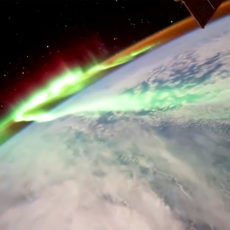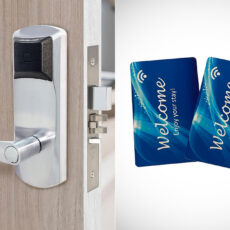
NASA’s tiny shoebox-sized BurstCube satellite is head to the International Space Station (ISS) to study cosmic blasts. It’s set to launch on SpaceX’s 30th Commercial Resupply Services mission from Cape Canaveral Space Force Station in Florida.
Once it arrives, BurstCube will then be unpacked by astronauts and later released into orbit, where it will detect, locate, as well as study short gamma-ray bursts. These flashes of high-energy light usually occur after the collisions of neutron stars, the superdense remnants of massive stars that exploded in supernovae. The collisions also produce heavy elements like gold and iodine, an essential ingredient for life as we know it.
- 3 LEGO space toys in 1 box – Boys and girls ages 9 and up who love space can build and rebuild 3 different sets using the same set of bricks with...
- Endless space play possibilities – Kids can play out daring stories among the stars with 3 different space playsets: an astronaut figure, a space...
- Posable space figures – The astronaut toy has posable legs, feet, arms and fingers, and the space dog has a posable tail and legs so kids can choose...

We were able to order many of BurstCube’s parts, like solar panels and other off-the-shelf components, which are becoming standardized for CubeSats. That allowed us to focus on the mission’s novel aspects, like the made-in-house components and the instrument, which will demonstrate how a new generation of miniaturized gamma-ray detectors work in space,” said Julie Cox, a BurstCube mechanical engineer at Goddard.










